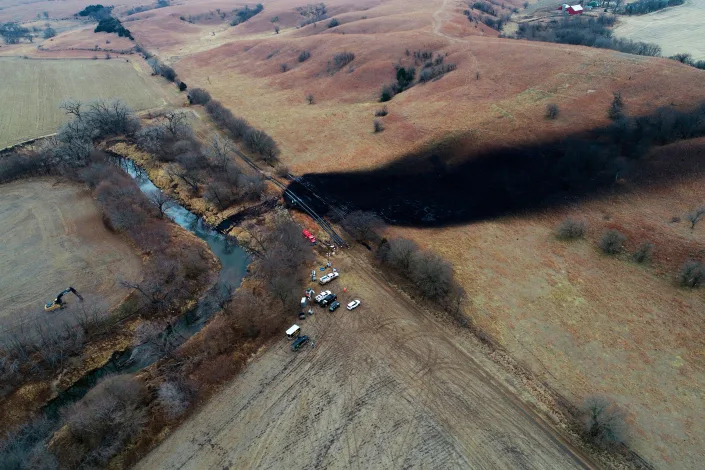Trump Confidant Roger Stone Says He Saw Swirling 'Demon Portal' Above White House
Long-time Donald Trump confidant and informal adviser Roger Stone insists he has witnessed a momentous phenomenon: A “demon portal” above President Joe Biden’s White House.
It’s “swirling like a cauldron,” he claimed in an interview earlier this week with conservative radio host Eric Metaxas — who pointed out that the observation by his guest “sounds insane.”
The portal — apparently a direct connection to hell and Satan — was first spotted months ago and even captured on film, according to Stone. “It’s still there,” he declared.
“I think that…a portal, a demonic portal, opened above the White House around the time that the Bidens moved in,” Stone said. “This was brought to my attention by a Christian who lives in north Florida who sent me a bunch of photos, a bunch of documents and also a bunch of notations from the Bible about portals.”
Stone said he was initially skeptical. But he has examined photos of the spot and scrutinized “live cam where you can actually see it in real-time, and there does appear to be something above the White House.”
He also insisted that a police friend of his had examined the spot above the White House, and told him: “You’re not going to believe this, but there’s definitely something there.”
Stone criticized the lack of coverage of the demon portal by the media, which “doesn’t cover a lot of things that are true.”
“The point of course is, prophets, who I do believe, and other holy men, have told me that only prayer can close the demonic portal,” he added. (Stone has said at rallies that God speaks directly to him about politics.) So he prays for that every night, he said.
“But there’s something going on there, there’s no question about it,” Stone emphasized.
Stone critics on social media had a very different take on the “portal.” One commenter on Reddit said the “demon hole” was Stone.
Stone was pardoned by Trump after he was convicted in 2019 of seven felonies, including obstruction of justice and witness tampering during the investigation into Kremlin interference in the 2016 presidential election. He was sentenced to 40 months in prison.
He’s now being investigated for his role in the violent Jan. 6 insurrection, and is furious Trump didn’t grant him a preemptive pardon in the event he’s charged with a crime linked to the storming of the Capitol last year.
He has admitted advising the violent Proud Boys for years.
Stone told the crew of the documentary “A Storm Foretold” a day before the 2020 election that he was ready for violence. “Fuck the voting, let’s get right to the violence,” he’s heard saying in footage obtained by CNN from filmmakers Christoffer Guldbrandsen and Frederik Marbell. “Shoot to kill. See an antifa? Shoot to kill. Fuck ’em. Done with this bullshit.”
Despite his dark past, Stone has increasingly evoked God — and warned of his version of evil — in appearances at MAGA rallies.





















